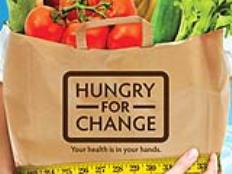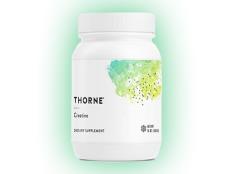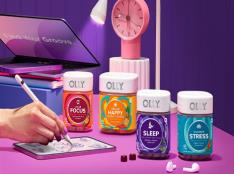3. Agave Nectar
Another "health" food favorite, agave nectar is touted as a natural sugar and is widely used in natural baked goods. But agave nectar is higher in fructose than cane sugar. In fact, says Andrew Weil, MD, founder and director of the Arizona Center for Integrative Medicine at the University of Arizona, agave is 85 percent fructose. "Agave's probably one of the worst," Dr. Weil says. Not only is it not healthier for you, but it also doesn't even contain more antioxidants or minerals than other types. However, it does have a lower glycemic load than other sweeteners, so it causes a less drastic spike in blood sugar. And the stuff is so sweet that you'll probably use less of it.
More: 9 Natural Foods to be Wary Of
4. Fruit Juice Concentrate
No matter how healthy your juice looks, chances are good that added fruit juice concentrate is in there. Check labels of juice, flavored yogurt and any other processed food for grape, apple or any other kind of fruit juice concentrate: It's all too often there. (Learn to check your food labels to find out how much sugar is in your fruit juice.) Also look for it in snack bars, applesauce and other fruity edibles. Concentrate is formed when the water is removed from fruit juice. What's left? We'll give you one guess. Yup, sugar.
More: 11 Health Foods to Avoid While Shopping
5. 100 Percent Fruit Juice
But what about an organic, natural, no-sugar-added, 100 percent fruit juice? No concentrate, no problems, right? Sorry to ruin your breakfast, but you might as well go ahead and skip this OJ and have a Snickers.
Whole fruit is good for you, says Dr. Lustig, because it contains lots of fiber. In juice form, which is devoid of fiber, sugar's sugar—even if you juice it yourself, straight from fresh fruit. "It's all the same," Lustig writes of sugar's many names and forms in his forthcoming book, Fat Chance. "The vehicle is irrelevant; it's the payload that matters." By this definition, your 100 percent orange juice is worse for you than soda: The former contains 5.8 teaspoons of sugar per cup, while soda contains 5.4.
More: The Healthiest Juices of All
6. High Fructose Corn Syrup (HFCS)
Study after study has shown that high fructose corn syrup, made from processed (and usually genetically modified) cornstarch, is technically no different from sucrose. But some research shows that HFCS generates a higher blood fructose level, which could have negative metabolic consequences. High fructose corn syrup has been linked to obesity and diabetes. In 2010, corn refiners petitioned the FDA for permission to start calling HFCS "corn sugar." They were turned down.
7. The -Oses
Watch out for anything -ose, lest you sugar overdose. You've met sucrose, glucose and fructose, but did you know galactose, maltose, dextrose and lactose? They're all sugars—some of which occur naturally but can be processed in a lab, too—that can be added to processed foods. Eater beware.
- 2
- of
- 3







Discuss This Article